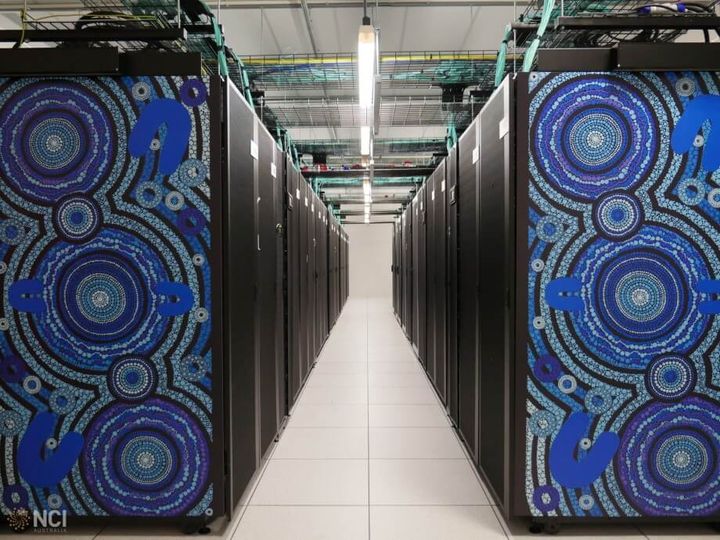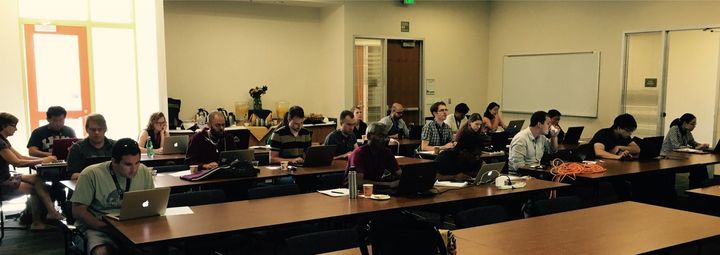
Underworld 2.11 Scaling
How does Underworld scale on a HPC? In this post we showcase how Underworld 2.11
scales across two of Australia's premiere HPC systems.
* Gadi - https://nci.org.au/our-systems/hpc-systems
* Magnus - https://pawsey.org.au/systems/magnus/
The reference model chosen for this scaling showcase is a







